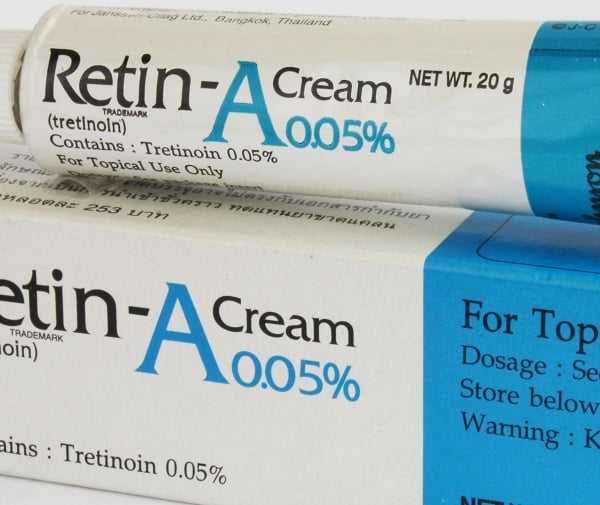Retin-A is the topical form a compound called Tretinoin, which is a derivative of Vitamin A. It was discovered in Philadelphia by Dr. Albert Kligman of the University Of Pennsylvania, where I went to medical school. Initially, it was used to help heal acne. Adult patients who were using it reported that it also helped improve skin quality and wrinkles.
How Does Retin-A Work?
Retin-A is absorbed in the deeper part of the skin, in a layer called the basal cell layer of the epidermis. It is also absorbed by the fibroblasts cells within the dermis. When it is absorbed by the epidermis, the compound has the ability to regulate and fix DNA damage caused by sun exposure. Because the basal cell layer is responsible for generating the layers above it, when it is healthy that means that the layers above it become healthy too. It is this mechanism that is behind Retin-A’s impact. Retin-A also stimulates fibroblasts, and the stimulated fibroblasts respond by producing new collagen in the skin.
Dosing has to start off mild and increase gradually because it can cause irritation if used too aggressively. The skin can initially look worse when first starting, but its appearance improves over a few weeks and then the skin finally appears healthier than it has in years.
Retin-A that is prescribed by a doctor is much more powerful than the Retinols that are contained in over-the-counter products. Where both have an impact on the skin, prescription-level Retin-A is much more effective. Visit your doctor to see if you’re a good candidate for Retin-A.
